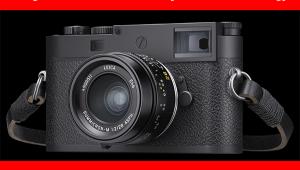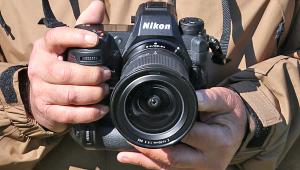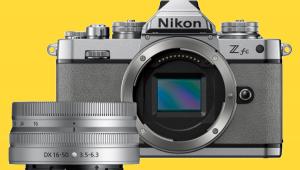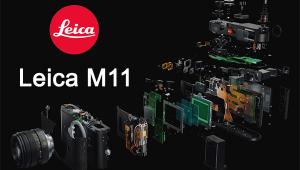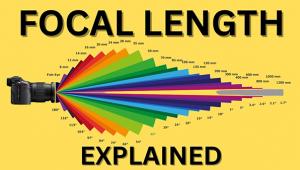The Leica M9; A “Full-Frame” Digital Leica M
The first digital Leica M with a full-frame, 24x36mm sensor (active area 23.9x35.8mm), the M9 offers 18-megapixel capture and unrestricted coverage with nearly the entire range of Leica lenses past and present, including extreme wide angles.
 |
 |
 |
Perhaps even more important, the M9’s exclusive 18-megapixel CCD, developed by Kodak with input from Leica, has addressed the foibles that beset the 10.3-megapixel CCD in the M8/8.2, notably the necessity of using special UV/IR filters when photographing certain synthetic fabrics. It also offers improved dynamic range and performance at high ISOs, which now range to 2500. The sensor in the M9 features a newly developed glass cover that suppresses infrared, and it employs an array of low refractive index micro lenses at the sensor edges that are laterally displaced toward the image center to match the characteristics of M lenses.
The M9 is a dead ringer for its digital predecessors. Its body dimensions—5.47” wide, 1.47” deep, and 3.15” high are virtually the same, or about 1⁄16” thicker than a 35mm MP or M7, and it weighs in at a comparable 20.6 oz, including battery. The M9 is easy to navigate and devoid of complex menu hierarchies.
Rangefinders are known for their subtle presence, and Leica plays to this advantage in their “Advance” modes. You have a choice of Standard (the shutter is fired and cocked when you press the shutter release all the way in), Soft (the shutter fires when you press the release just past the first “resistance” point, enhancing steadiness at slow shutter speeds), and Discreet (the camera cocks the shutter for the next shot only when you relax finger pressure on the shutter release, giving you the opportunity to minimize telltale noise). I chose the fourth option, Discreet and Soft, for most of my shooting, but to lock in the reading by holding the shutter release in, you must use the Standard or Discreet setting.
 |
|
|
- Log in or register to post comments






